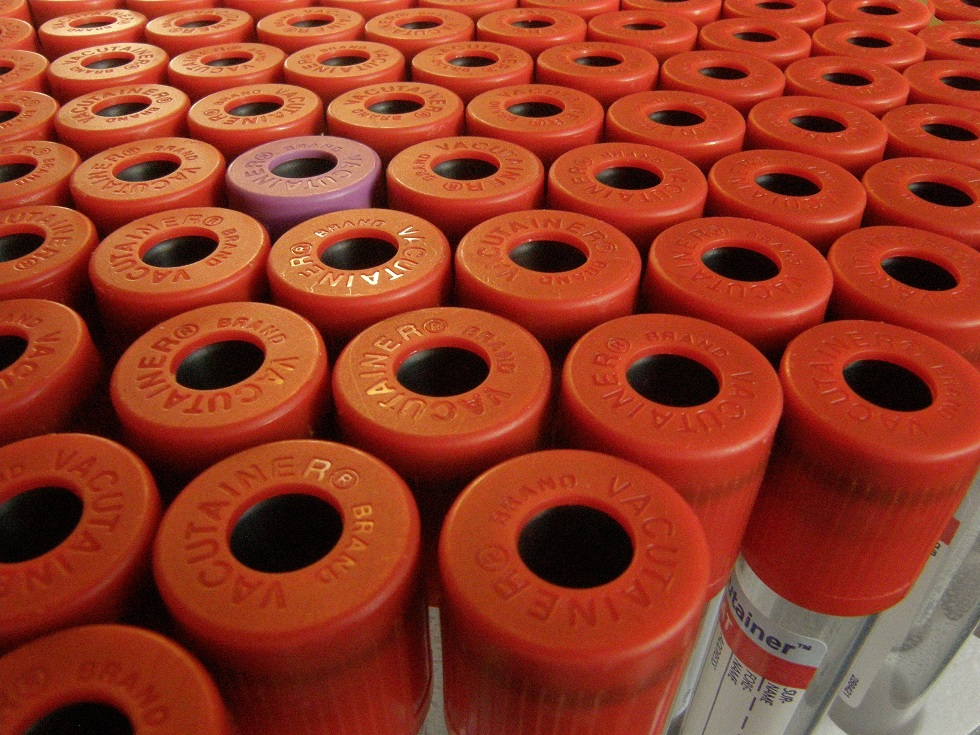Species: Cattle, sheep, horse, alpaca, deer, goats
Specimens: Serum, whole blood (EDTA or heparin) or liver.
Number of animals to test for mob/herd/flock deficiency: 5 (liver, serum or whole blood)
Sample collection (liver):
- Necropsy sampling – take entire caudate lobe. Refrigerate or freeze;
- Biopsy sampling – take >50 mg of liver – remove any blood clots at the time of collection and refrigerate. Special collection tubes are available at no charge on request.
General information about the test:
Selenium is not stored for any length of time in tissue – depletes rapidly after dosing. Serum selenium is very stable as is whole blood selenium. Liver or whole blood can be used to diagnose selenium toxicity: >30,000 nmol/kg (or/L) indicates toxicity. However recently dosed animals (<24-48 hours) can have liver concentrations of selenium up to 30,000 nmol/kg.
Serum selenium measures current intake and approximates liver concentration.
Whole blood selenium and glutathione peroxidase (GPx) correlate after steady state reached 3 months after dosing. GPx is less stable than whole blood selenium so should be measured within 24-48 hours after collection if kept at room temperature or within a week if stored at 4°C. GPx can be used to assess selenium status of stock if they have been grazing the same soil type and no selenium supplementation for three months.
As with serum selenium, liver selenium measures current intake as selenium is not stored in any tissue.
Ref Interval (serum Se):
- Cattle – Adequate >140 nmol/L
- Sheep – Adequate 140 – 3000 nmol/L
- Deer – no reference ranges at present
Ref Interval (whole blood Se):
- Cattle – Adequate >250 nmol/L
- Sheep – Adequate >250 nmol/L
- Horse – Adequate >1600 nmol/L
- Alpaca – Adequate >350 nmol/L
- Deer and goats – no reference range at present
Ref Interval (GPx):
- Cattle – Adequate >2 kU/L
- Sheep – Adequate >3 kU/L
- Deer, horse, alpaca and goats – no reference range at present
Reference Interval (liver Se):
- Cattle – Deficient <600 nmol/kg
- Sheep – Deficient <250 nmol/kg
- Deer – Outbreaks of myopathy (WMD) have been recorded in young fawns with a liver selenium of <600 nmol/kg
- Alpaca, horse and goats – no reference range at present

